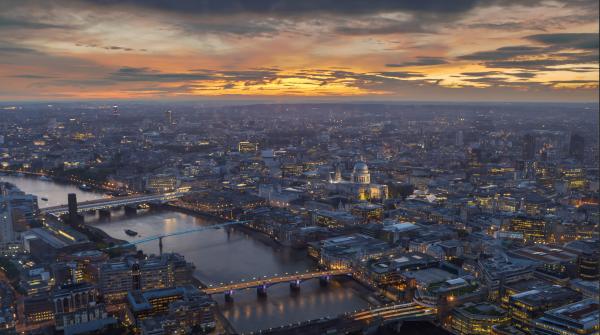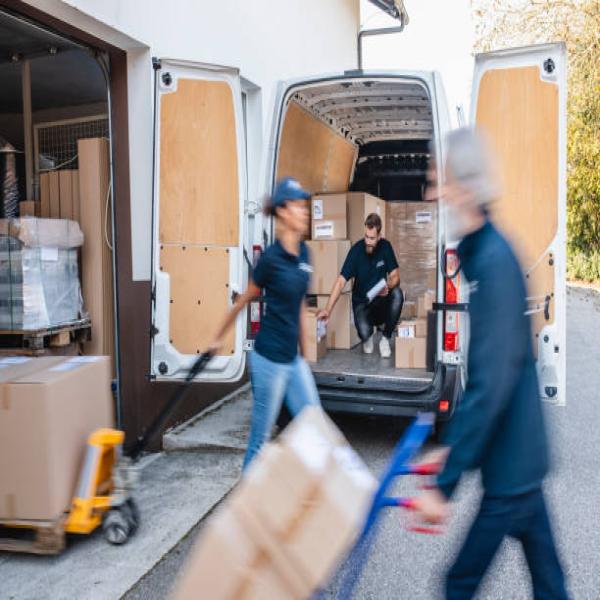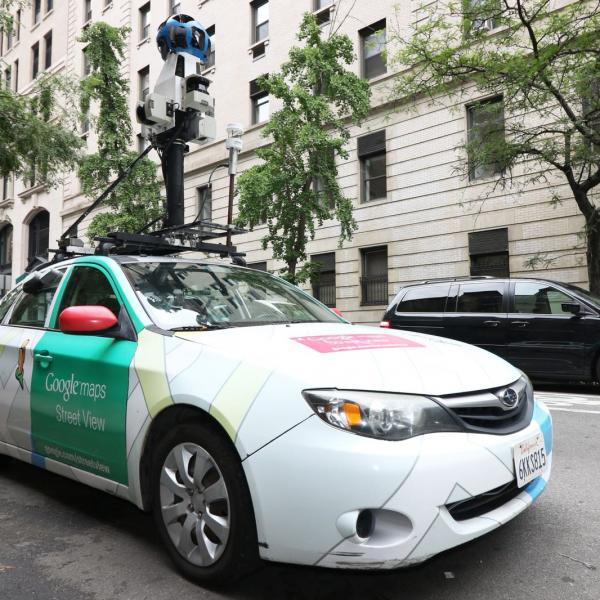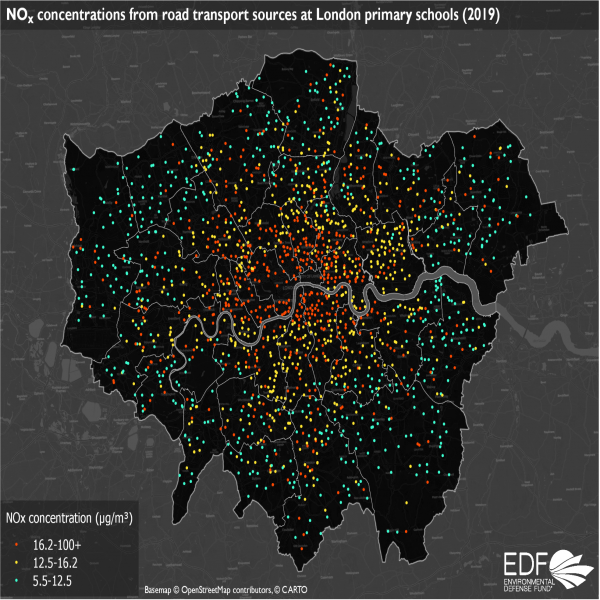Air Quality & Transport
Poor air quality directly impacts our health and must be improved. Its sources and impacts are often complex to untangle but we know that a shift away from the combustion of fuels in areas where there are people would have an immediate benefit. We work with scientists, data analysts, citizens, companies and policymakers to develop innovative solutions and responsive policies, based on cutting-edge technologies, robust data and citizen engagement.




